CJC1295, Ipamorelin, GHRP-2 Blend (9mg)
SKU
$85.00
CJC 1295 3mg (NO DAC), Ipamorelin 3mg, GHRP-2 3mg (Blend)
Size: 9mg
Contents: CJC-1295 3mg, Ipamorelin 3mg, GHRP-2 3mg
Form: Lyophilized powder
Purity: >99%
CJC-1295 & Ipamorelin & GHRP-2 blend is Synthesized and Lyophilized in the USA.
CJC-1295, Ipamorelin and GHRP 2 are all research peptides and still being examined by professionals. With a significant study on these combined peptides, this combination shows positive results in being effective in anti-aging problems, inflammatory conditions, increasing growth hormone levels and improving overall health.
PRODUCT USAGE WARNING : This PRODUCT IS INTENDED AS A RESEARCH CHEMICAL ONLY. This designation allows the use of research chemicals strictly for in vitro testing and laboratory experimentation only. All product information available on this website is for educational purposes only. Bodily introduction of any kind into humans or animals is strictly forbidden by law. This product should only be handled by licensed, qualified professionals. This product is not a drug, food, or cosmetic and may not be misbranded, misused or mislabled as a drug, food or cosmetic.
Description
BUY CJC 1295, IPAMORELIN, GHRP-2 BLEND PEPTIDE FOR SALE ONLINE
 CJC-1295 & Ipamorelin & GHRP-2 Peptide Blend
CJC-1295 & Ipamorelin & GHRP-2 Peptide Blend
CJC-1295, Ipamorelin, and GHRP-2 are all synthetic peptides that are suggested by research teams to potentially stimulate the release of growth hormones. Studies suggest that all three peptides appear synergistic when combined as a blend, potentially providing unique peptide action.
CJC-1295 and Ipamorelin peptides fall under the moniker “growth hormone secretagogues” (GSHs). This implies that these peptides may stimulate the release of growth hormones, but they are not considered growth hormone release peptides (GHRP). Similarly, GHRP-2 is a synthetic peptide analogous to the naturally occurring peptide called Ghrelin. GHRP-2 peptides appear to trigger the release of growth hormones and may possibly increase food intake and metabolism.
CJC1295 Ipamorelin GHRP-2 Peptide For Sale online only at USA Peptide Store where you can buy USA Research Peptides online. Shop over 100 research peptides online now for fast shipping and the best deal! Buy in bulk and Save! USA Peptide Store Your #1 Trusted USA Research Peptides Supplier.
If this product does not meet your needs or interests, you may want to look at Fragment, CJC1295, Ipamorelin 12mg (Blend). Please visit this link for further information on our HGH Peptides and Peptide Blends.
Chemical Makeup
Molecular formula:
CJC-1295: C152H252N44O42
Ipamorelin: C38H49N9O5
GHRP-2: C45H55N9O6
Molecular weight:
CJC-1295: 3367.9 g/mol
Ipamorelin: 711.9 g/mol
GHRP-2: 818.0 g/mol
Other known titles:
Ipamorelin
- Ipamorelin Acetate
- IPA
GHRP-2
- Pralmorelin
- Growth hormone-releasing peptide-2
CJC-1295 & Ipamorelin & GHRP-2 Peptide Blend
CJC-1295 is a Growth Hormone secretagogue, also known as DAC: GRF. It is an advanced version of GHRH (1-29), synthetically developed with the intention of producing better pharmacokinetics, potentially increasing Growth Hormone levels and Insulin-Like Growth Factor 1 (IGF-1). According to research, it exhibits the potential to increase the production level of Growth Hormone anywhere from 200-1000%. Moreover, the research developers commented that CJC-1295 may increase “mean plasma IGF-I concentrations by 1.5- to 3-fold.” This apparent rise in growth hormone level has been reported to persist for about 6-8 days under study conditions.
A longer half-life would ensure the increased level of growth hormone production even beyond the initial introduction of the peptide.
Ipamorelin is a pentapeptide and considered a Growth Hormone Secretagogue (GSH). It has been reported by researchers to exhibit similar action as Growth Hormone Releasing Peptides (GHRPs) and reportedly mimics the naturally occurring hunger hormone, ghrelin. It has been researched within the context of improving vitality and health, and may exhibit potential anti-aging action on skin and organs. One of the most studied potential implications of Ipamorelin is on its selectivity and lack of action on the release of other hormones such as cortisol, prolactin, and aldosterone.
GHRP-2 (Growth Hormone Releasing Peptide) is a 2nd-generation Growth Hormone Secretagogue (GSH). It appears to enhance the concentration of Growth Hormone in test models via up-regulating the natural Growth Hormone Releasing Hormone signal transduction pathway. It may also potentially suppress the impact of Somatostatin.
Studies have suggested that GHRP-2 may be introduced in high concentrations to test models, without inducing desensitization which is considered inherent with other GHRPs. It may help maintain a high effective concentration of Growth Hormone in the blood. Studies also suggest that the peptide may stimulate appetite. According to scientists, “GHRP-2, like ghrelin, increases food intake, suggesting that GHRP-2 is a valuable tool for investigating ghrelin effects on eating behavior.”
CJC-1295 Specifications
MOLECULAR FORMULA: C152H252N44O42
MOLECULAR WEIGHT: 3647.954 g/mol
SEQUENCE: H-Tyr-D-Ala-Asp-Ala-Ile-Phe-Thr-Gln-Ser-Tyr-Arg-Lys-Val-Leu-Ala-Gln-Leu-Ser-Ala-Arg-Lys-Leu-Leu-Gln-Asp-Ile-Leu-Ser-Arg-Lys(Mal)-NH2
PUBCHEM: CID 56841945
RECONSTITUTION: Required
OTHER: DOES NOT CONTAIN DAC
Ipamorelin Specifications
MOLECULAR FORMULA: C38H49N9O5
MOLECULAR WEIGHT: 711.85 g/mol
SEQUENCE: Aib-His-D-2Nal-D-Phe-Lys-NH2
PUBCHEM: CID 9831659
CAS NUMBER: 170851-70-4
RECONSTITUTION: Required
GHRP-2 Specifications
MOLECULAR FORMULA: C45H55N9O6
MOLECULAR WEIGHT: 817.9 g/mol
SEQUENCE: H-D-Ala-D-2-Nal-Ala-Trp-D-Phe-Lys-NH2
PUBCHEM: CID 6918245
CAS NUMBER: 158861-67-7
RECONSTITUTION: Required
CJC-1295 & Ipamorelin & GHRP-2 Blend Research
The synergistic combination of CJC-1295, Ipamorelin, and GHRP-2, may potentially exhibit an amplifier and booster effect on Growth Hormone (GH) production. This combination may enhance GH levels through increasing the activity of cells that secrete GH (Somatotrophs) along with increasing the strength of the pulse of GH. Altogether, it may possibly induce a steady and enhanced release of GH.
CJC-1295 & IPAMORELIN & GHRP-2: MUSCLE MASS
The primary context of research on this blend focuses on its potential to promote an increase in muscle mass, along with an apparent increase in cellular proliferation and tissue growth. One study which involved murine models with a gene ablation of GHRH (referred to as GHRHKO), commented that the introduction of CJC-1295 might exhibit tissue-specific action. When GHRHKO murine models were introduced to CJC-1295 at intervals of 24 hours, they appeared to exhibit normal weight and length.
However, when the intervals were increased to 48 and 72 hours, the murine models appeared to have reached a higher body weight and length compared to those that were given a placebo, but they still did not achieve full growth normalization. In terms of bone growth, it appears that the femur and tibia lengths may have also achieved normal dimensions in the murine models introduced to the peptide every 24 and 48 hours, but not at 72 hours. Additionally, the relative lean mass and subcutaneous fat mass was found to maintain control levels in all groups associated with the peptide. Another observation the researchers made that stands out is that CJC-1295 may have led to an increase in total pituitary RNA and GH mRNA.
This posits that there may have been a proliferation of somatotroph cells, which are cells in the pituitary gland that are considered to be responsible for producing growth hormone. This proliferation was further supported through immunohistochemistry images. The findings from this study suggest that more frequent introduction of CJC-1295 may maintain normal body composition and growth in GHRHKO murine models. However, its potential appears to be reduced when intervals are every 48 or 72 hours.
CJC-1295 & IPAMORELIN & GHRP-2: BONE DENSITY
These peptides have been studied in laboratory conditions within the context of various bone-related degenerative diseases such as osteoporosis. The consistent theory proposed in these studies was the potential positive impact of Ipamorelin on bone mineral density. It has been hypothesized to act through GH-mediated pathways on the osteoblasts (bone-forming cells), possibly leading to increased proliferation, development, and differentiation of the osteoblasts. In one study, murine models were subjected to either Ipamorelin or a control substance.
The progress of the murine models in relation to Ipamorelin’s possible action on bone mineral density was tracked in real-time using dual X-ray absorptiometry (DXA) at sites such as the femur and L6 vertebrae. Following the study period, the femurs of the murine models were analyzed using mid-diaphyseal peripheral quantitative computed tomography (pQCT) scans.
The results seem to suggest that the peptide may have led to an increase in body weight and a possible rise in the total tibial and vertebral BMC (bone mineral content) when observed through DXA, compared to the control group. However, when the total BMC was adjusted for the increase in body weight, the researchers reported that there didn’t appear to be a significant change.
An increase might have been observed in the tibial area bone mineral density (BMD, which is the ratio of BMC to area), but the total and vertebral area BMDs seem to have remained consistent. The pQCT measurements possibly indicated that the increase in the cortical BMC could be due to an expansion in the cross-sectional bone area, while the cortical volumetric BMD appears to have remained consistent.
Both the femur and vertebrae L6 volumes may have seen an increase, but there didn’t seem to be a change in the volumetric BMDs. The observations potentially support the supposition that the rise in cortical and total BMC might be due to enhanced bone growth resulting in increased bone dimensions, while the volumetric BMD remained unchanged.
CJC-1295 & IPAMORELIN & GHRP-2: ANTI-AGING
The natural production of GH declines with maturation. Declining GH levels appears to have widespread impact, and the maintenance or increase in declining levels of GH has been the primary focus of numerous research studies. Research has suggested that this combination of peptides exhibits some potential to counter age-related degenerative symptoms.
The peptides may also reportedly improve skin elasticity by promoting the synthesis of collagen. This blend of peptides may improve cellular turnover and prevent free radical damage to the tissues by reducing oxidative stress. More specifically, research suggests that GHRP-2 in particular may exhibit antioxidative potential.
Researchers report that GHRP-2 exhibits a possible affinity for CD36, which is posited to be a scavenger receptor for oxidized low-density lipoprotein (OxLDL). The peptide’s hypothetical binding capability may contribute to the possible hindering of cellular uptake of OxLDL, a complex that appears to have proatherogenic properties.
In a study that involved murine models with a specific genetic profile (ApoE(-/-)), researchers introduced GHRP-2 to the models over a span of 12 weeks. The results appeared to suggest that GHRP-2 may lead to a rise in circulating IGF-I levels, potentially ranging between 1.2 to 1.6 times the baseline levels. Moreover, there was a reported reduction, by around 66%, in the levels of circulating interferon-gamma.
While it seems that the introduction of GHRP-2 didn’t result in any significant changes in the area covered by atherosclerotic plaques, it possibly led to a reduction in the production of superoxide in the aorta, as suggested by dihydroethidium staining. Additionally, GHRP-2 may have caused a significant decrease, by about 92%, in the aortic gene expression of 12/15-lipoxygenase. It also appears to have reduced the aortic expression of both interferon-gamma and macrophage migration inhibitory factors.
When examining aortic smooth muscle cells in culture, it was observed that GHRP-2 might counteract the generation of peroxides induced by OxLDL. It also seems to have prevented the down-regulation of the IGF-I receptor and possibly inhibited apoptosis. In the context of macrophages, GHRP-2 was hypothesized to reduce lipid accumulation when exposed to OxLDL.
Research and Clinical Studies
CJC-1295, Ipamorelin, GHRP-2 Blend, and Growth Hormone Secretagogues (GSHs)
In one clinical trial, the potential of growth hormone secretagogues and growth hormone-releasing peptides in test subjects were studied. Several subjects were presented with the GSHs, after which all the subjects were monitored for any physiological changes. As an outcome of this rigorous study, it was concluded that these peptides appeared to improve growth rates in younger subjects, increasing appetite and improving lean mass in mature subjects. In obese subjects, these peptides were reported to stimulate a possible reduction in bone turnover, potentially also increasing lean mass, and improving their sleep cycle.
CJC-1295, Ipamorelin, GHRP-2 Blend and Growth Hormone Deficiencies
Numerous clinical studies have been conducted on test subjects exhibiting growth hormone deficiency. These studies are recorded here for educational and research purposes; studies like these are ongoing and do not offer conclusive evidence of peptide’s potential mechanism of action. In these clinical trials, peptides stimulating growth hormone release appeared to deliver some action in two ways – possibly either via stimulating the pituitary gland to release growth hormones, or possibly acting on the arcuate nucleus of the hypothalamus.
While these peptides (including GHRP-2, Ipamorelin, and CJC 1295) appeared to exhibit high releases of growth hormones, it remains unclear which of the two mechanisms worked. In addition, these studies suggested that these peptides may modulate food intake, cardiac tone, and sleep through apparently specific receptor agonistic action.
In another study, six growth hormone-deficient test subjects facing growth failure were presented with growth hormone-stimulating peptides. All subjects were monitored for episodic growth hormone secretion and toxicity levels during this period. For the duration of the study and short while afterwards, It was observed that there appeared to be a gradual rise in the concentration of growth hormones in all subjects. As per V Mericq et al., the studies suggested that the peptides were “well tolerated and […] stimulate GH secretion.” Studies such as this one are still underway, and these peptides require further research.
CJC-1295, Ipamorelin, GHRP-2 Blend, and Hormones
The primary purpose of this study was to determine the potential of growth hormone-stimulating peptides on other bodily hormones, like adrenocorticotropic hormone (ACTH), prolactin, and cortisol concentration. The candidates were divided into groups, presented the peptides, and the results were compared. It was observed that the growth hormone levels in both groups appeared to increase significantly after peptide presence, with the concentration appearing to be higher in the younger subjects compared to the mature test subjects.
CJC-1295, Ipamorelin, GHRP-2 Blend, and Food Intake
In this clinical study,(10) test subjects were presented with growth hormone release-stimulating peptides and then presented with unlimited food supply to measure food intake. It was reported that the subjects with peptide presence ate approximately 36% more than the control subjects did. In addition, the growth hormone levels were reportedly increased in these subjects, suggesting the action the peptides had on both food intake and growth hormone levels. As per this study, the growth hormone release-stimulating peptides appeared to be a “valuable tool for investigating the effects on eating behavior.” Research studies are still ongoing to fully explore the potential of peptide blends.
CJC-1295 & Ipamorelin & GHRP-2 Peptide Blend is available for research and laboratory purposes only. Please review and adhere to our Terms and Conditions before ordering.
Buy Wholesale CJC-1295 Ipamorelin GHRP-2 Blend Peptide From USA Peptide Store
At USA Peptide Store, our research peptides are of the highest purity and pharmaceutical grade. Our CJC-1295 Ipamorelin GHRP-2 blend Peptide comes in 9mg (CJC-1295 3mg, Ipamorelin 3mg, GHRP-2 3mg). We’re passionate about our products, and we always strive to provide our customers with the best in both selection and quality. All of the products we provide are tested to verify authenticity and purity, so you can conduct your research with confidence.
Searching for CJC-1295 Ipamorelin GHRP-2 blend Peptide for sale? Look no further! Our online peptide store offers a wide range of CJC-1295 Ipamorelin GHRP-2 blend Peptide, perfect for your research needs. Whether you’re in the United States, Australia, Canada, Germany, Sweden, France, Turkey, Thailand, Italy, Netherlands or the United Kingdom, we have you covered. We provide fast and secure shipping to multiple countries, ensuring that you receive your order conveniently and on time. Purchase CJC-1295 Ipamorelin GHRP-2 blend Peptide that are now available for sale and in stock. With our competitive prices and extensive inventory, you can trust us to be your reliable source for CJC1295, Ipamorelin, GHRP-2 Blend (9mg).
Want to learn more about our products or have a question about payment options? Our customer service team is here to help. So, what are you waiting for? order CJC-1295 Ipamorelin GHRP-2 blend Peptide For Sale and experience first-hand quality service, prompt response and quick shipping. Stock up on the highest quality CJC-1295 Ipamorelin GHRP-2 blend Peptide For Sale and more at USA Peptide Store today.

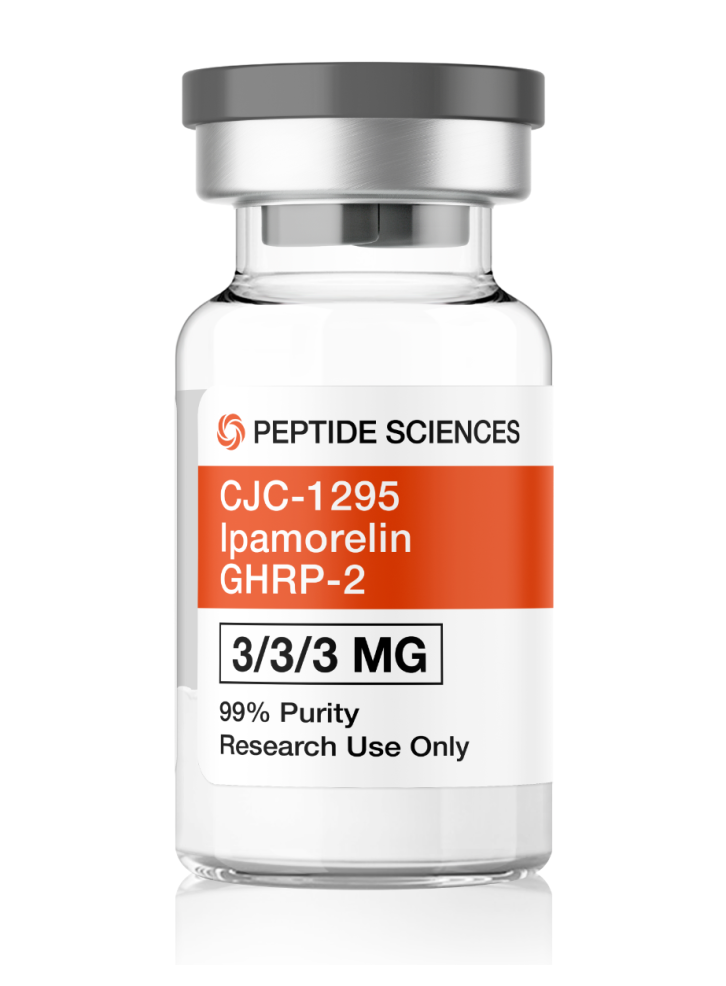
 CJC-1295 & Ipamorelin & GHRP-2 Peptide Blend
CJC-1295 & Ipamorelin & GHRP-2 Peptide Blend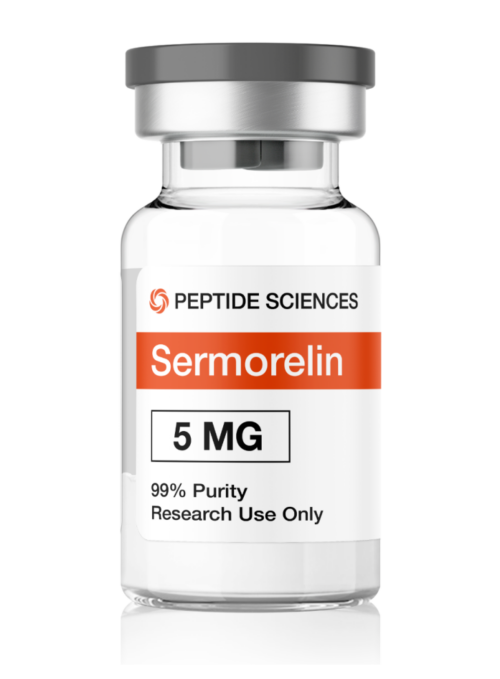
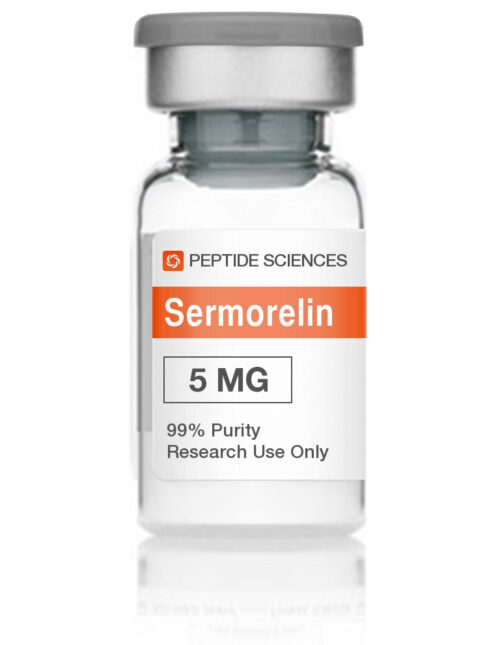
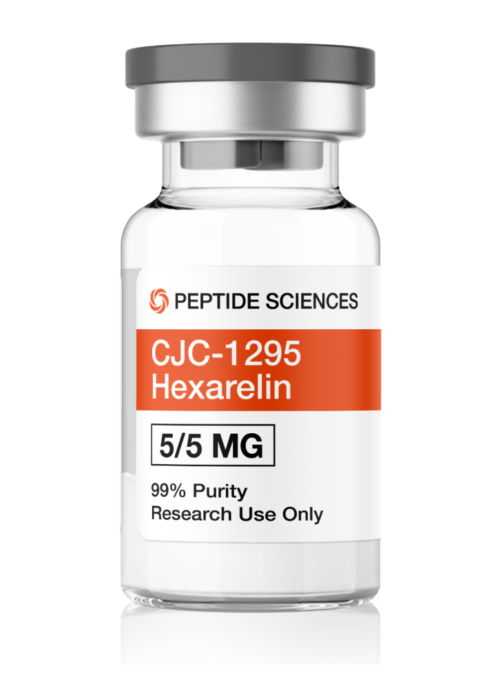
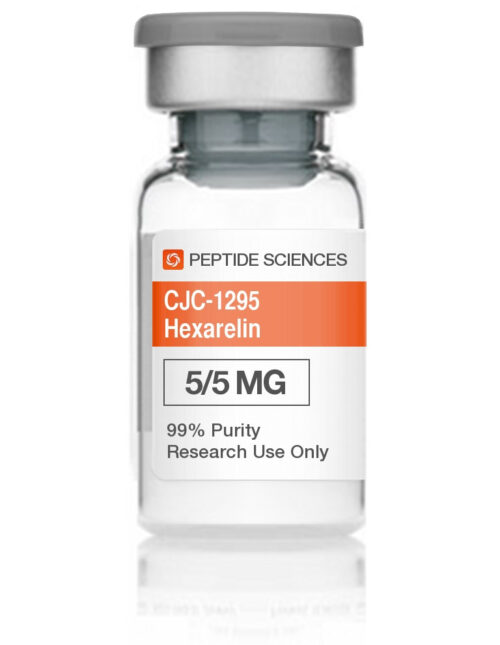
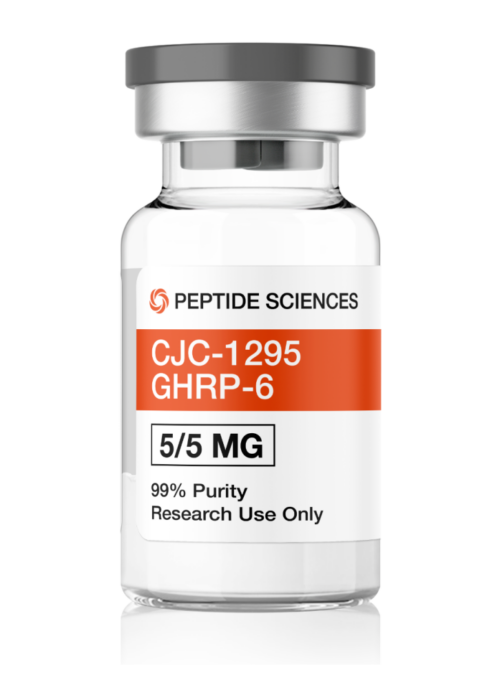
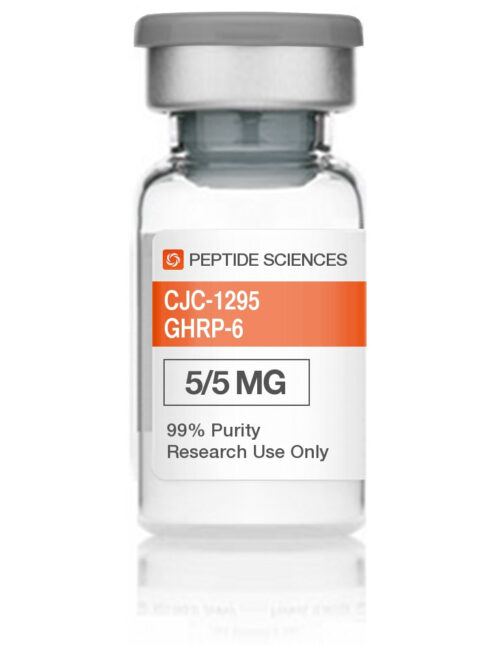
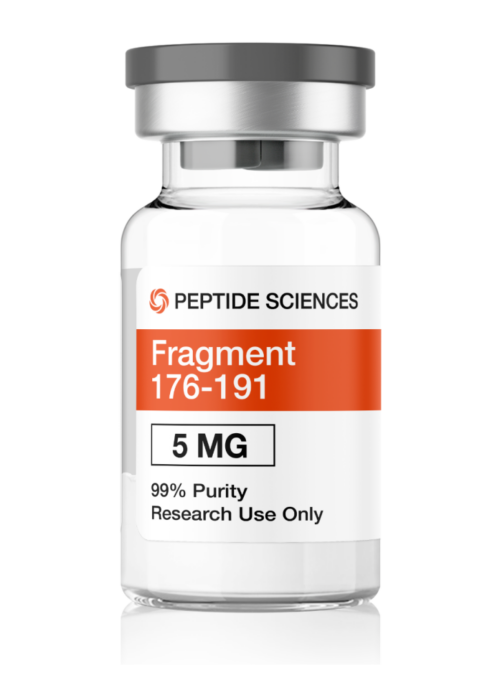
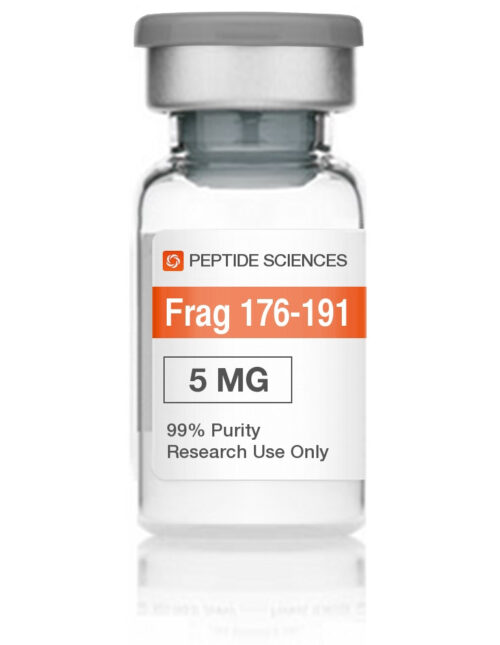
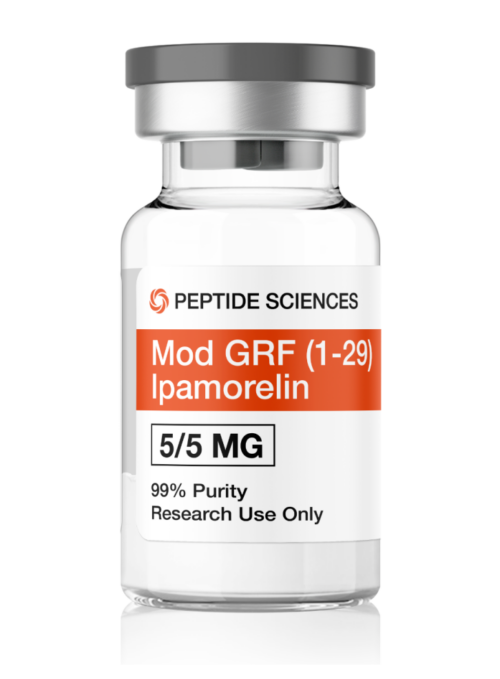
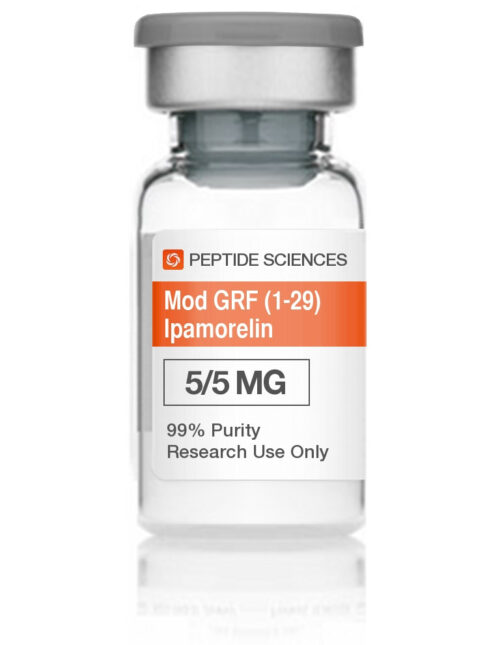
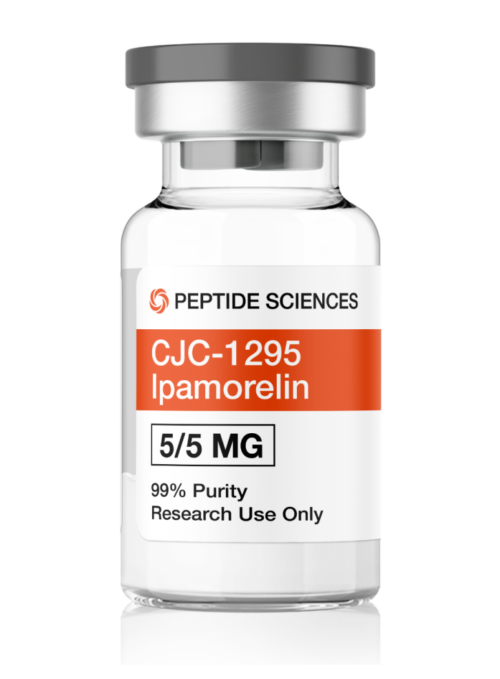
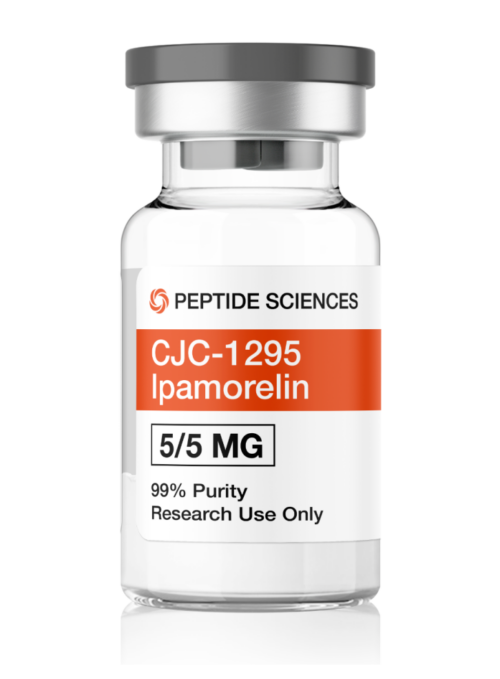
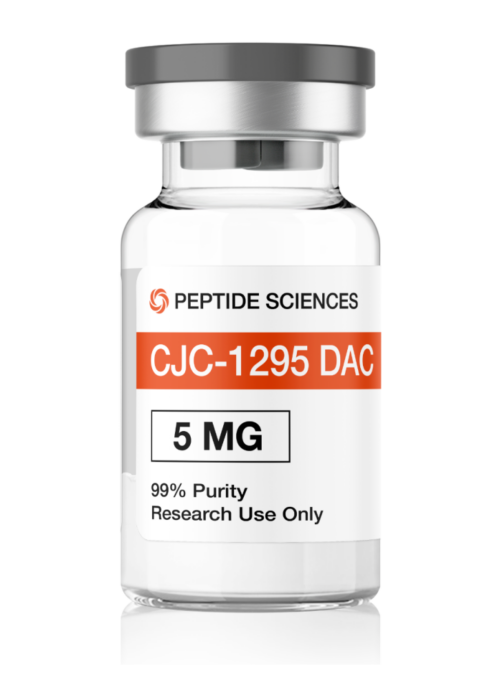
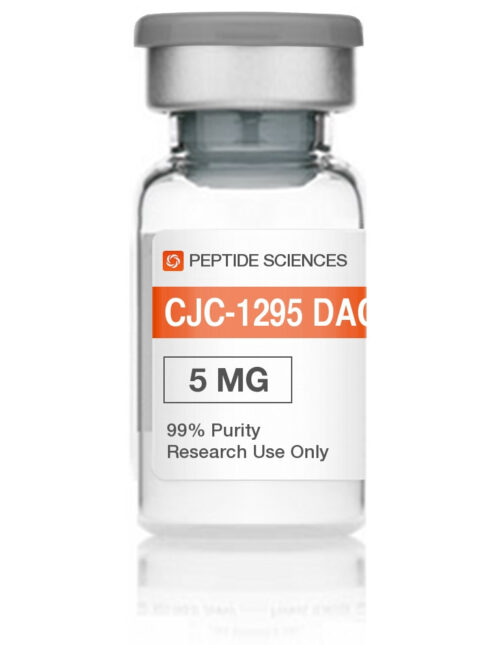
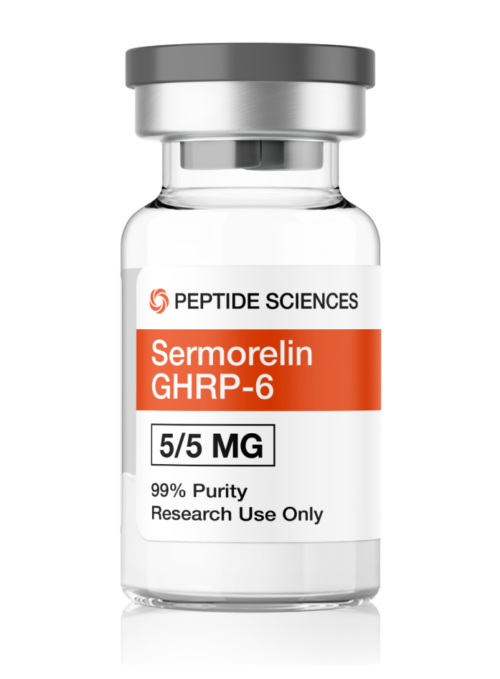
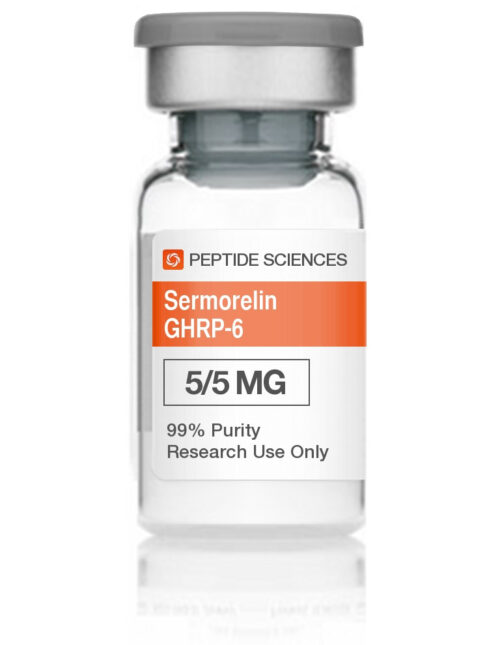

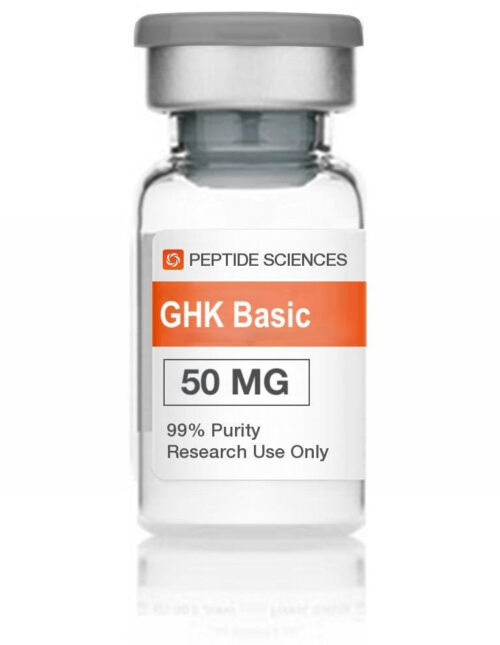
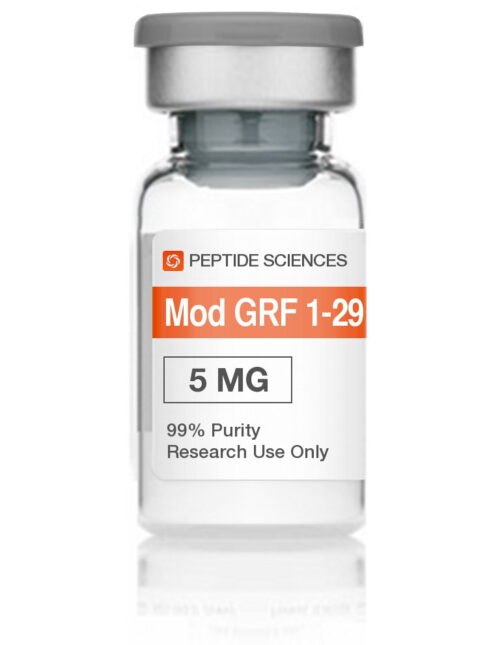
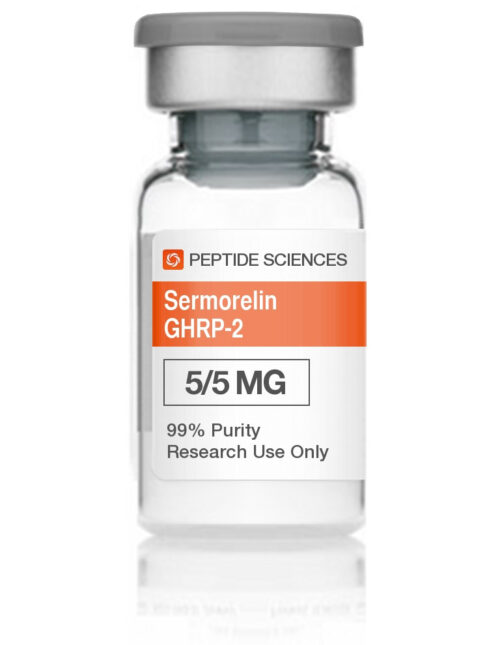
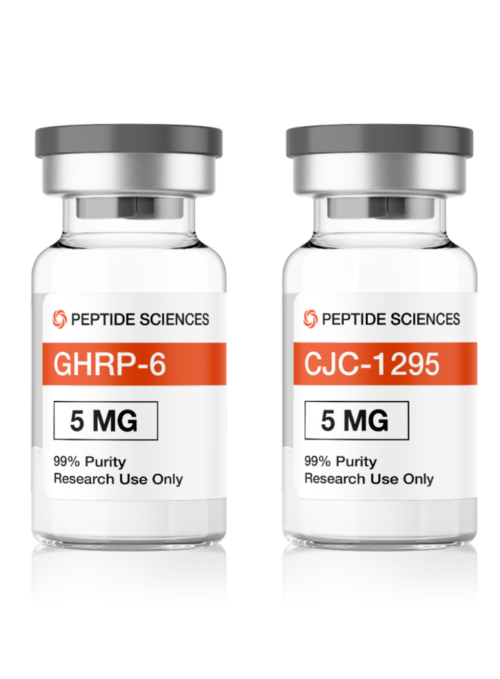

Reviews
There are no reviews yet.